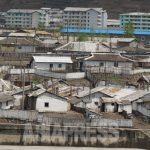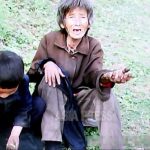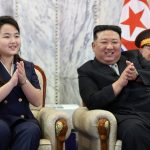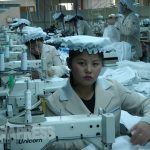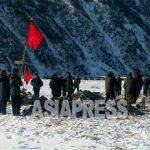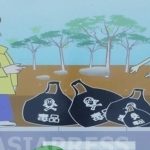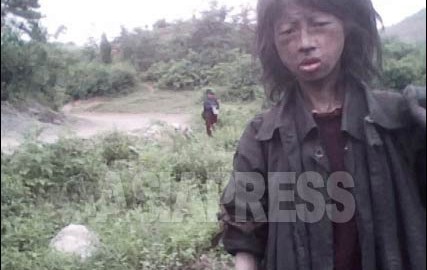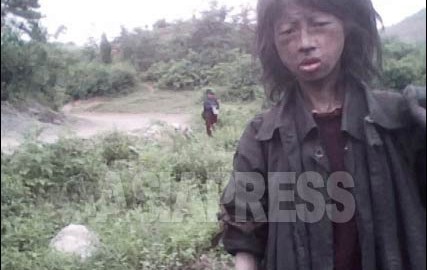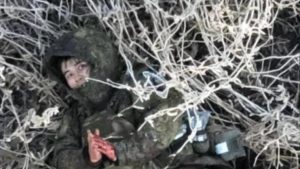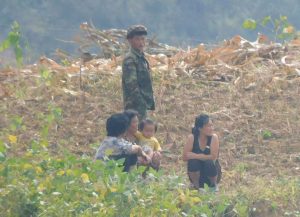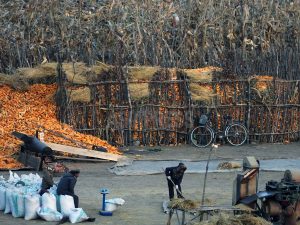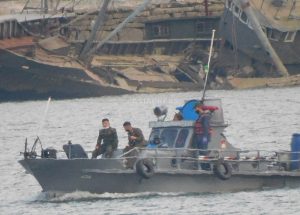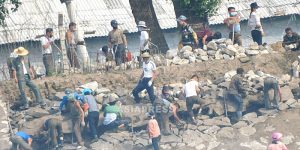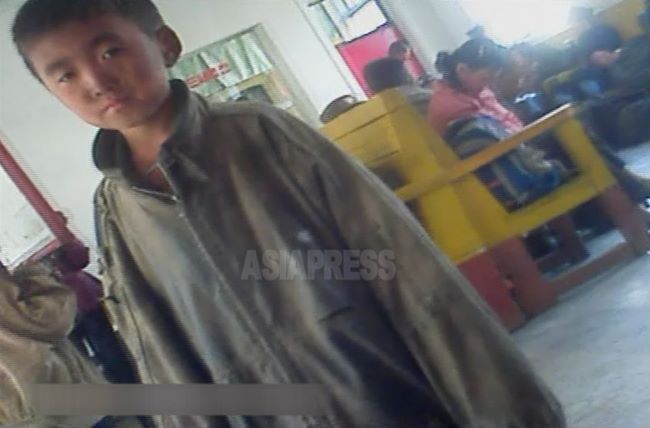
ASIAPRESS has found that lack of stock at state-run grain stores and a slowdown in rations from state-run enterprises have led to an increase in malnutrition and a rise in deaths in provincial cities starting in May. The state has been unable to acquire enough food to supply its people, and the vulnerable classes of the country’s cities have no cash income to buy food. Four reporting partners living in two of North Korea’s northern cities recently gave an account of what they are seeing. The situation appears serious. This report will be divided into four parts. (KANG Ji-won / ISHIMARU Jiro)
◆ People who die of starvations are recorded as having died of disease
“In May, there’s been a lot of people dying. In my neighborhood, there were four people who died in April, along with two others who are about to die. All of them suffered from preexisting conditions like tuberculosis, hepatis, and asthma, and maybe eat just one meal a day. No one can get their own food, so they’re just waiting for the government to give it to them."
―― Is the government saying they died of starvation?
“No, they don’t say that they died of starvation, just that they died of disease. There are people who are unhappy that the government is hiding the fact that they died of starvation."
This is part of a report ASIAPRESS received in mid-May from “A,” a reporting partner in Musan County, North Hamgyung Province. Similar reports were received in May from other areas as well. This article intends to explain the Kim Jong-un regime’s food-related policies over the past three years with a view to show why people are unable to obtain food at this particular point in time.
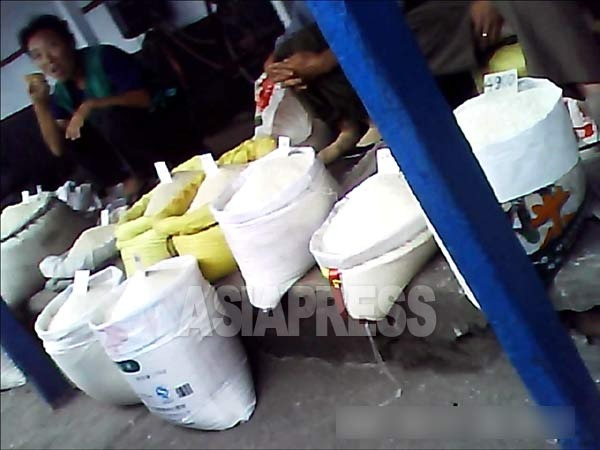
◆ The breakdown of the Kim regime’s efforts to monopolize the food supply
After the outbreak of COVID-19 in 2020, the Kim regime started efforts to significantly shift how the country’s staple foods, rice and corn, are distributed inside the country. ASIAPRESS has tracked this policy change, conducting surveys with six reporting partners in North Korea. The broad outlines of how the regime’s policies on food have changed are as follows.
After Kim Il-sung died in 1994, North Korea faced a massive famine called the “Arduous March” that led to the almost complete destruction of the public distribution system and a large number of starvation deaths. Following the famine, public servants, police officers, military officers, Pyongyang residents, and workers at military munitions factories have received government rations, but most urban dwellers have had to buy food from local markets through money they earned through their jobs.
Markets throughout the country sold plentiful amounts of agricultural products cultivated domestically, items imported from China, and food released by state-run companies to earn cash. The country’s markets were essentially in charge of distributing food to North Korea’s people for over 20 years.
The Kim Jong-un regime then revived the country’s defunct state-run grain shops around the time the COVID-19 pandemic hit in January 2020. The shops sold rice at prices 20-30% lower than markets and tried to suppress the markets by getting heavily involved in the amount of items sold at markets and their prices. From January 2023, the DPRK slapped a ban on selling food on display in markets (starting in April, the authorities began turning a blind eye to very small amounts of food on sale at markets).
All of this was aimed at having the state exert a monopoly on food distribution. However, the amount of food consumers could buy at state-run grains shops was far from enough to meet demand – just 5-7 kilograms per person once a month.
Moreover, the Kim regime moved to revive the food distribution system at state-run companies. Even though factories were operating at levels below normal due to COVID-19 quarantine-related controls, workers were only given 5-7 kilograms of rations per person per month. They were not given rations to feed their families, either.
At the same time, the authorities launched a major crackdown on people who had left their assigned workplaces, those how skipped work, and others who had moved to other areas without permission. Men were required to register themselves at assigned workplaces and were monitored to ensure they went to work. The authorities provided food rations as incentives to get people to work. Many state-run companies faced having more employees on hand than they needed.
Meanwhile, the authorities banned most private economic activities, calling them “anti-socialist acts.” That led to a fall in cash incomes among urban dwellers, which made it difficult for them to buy food and daily necessities. All of this led people to grow more and more reliant on grain shops and workplace rations.
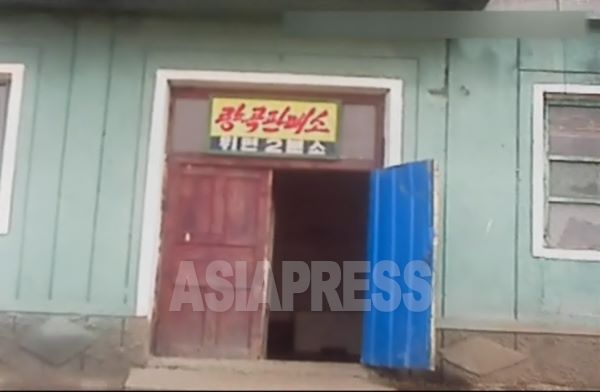
◆ The state’s supply of food has hit rock bottom
The Kim Jong-un regime has, as all of this shows, recklessly moved to suppress the markets with a view to exert a state-run monopoly over the food supply. Now the state needs to obtain even more food to distribute to its people. In May, ASIAPRESS received reports of spreading famine, and this is a natural result of the state’s supply of food hitting rock bottom. In short, grain shops and state-run companies are unable to provide enough food to meet demand.
That being said, the surveys ASIAPRESS conducted were limited to North Hamgyung, Yanggang, and North Pyongan provinces and were unable to cover other urban areas of the DPRK. According to March trade figures released by China Customs, North Korea received (it is unclear whether it was purchased or given as food aid) around 100,000 tons of rice and flour from China.
Pyongyang, the DPRK’s capital, is the most important area where food is distributed, so the aid from China would be distributed there first, which may explain why other areas of the country are experiencing serious famine. Indeed, provincial cities may be suffering famine because the authorities have decided to deal with them later.
There are also unconfirmed reports spreading through North Korea that people have died in North Korea’s second largest city of Hamhung.
Despite these caveats, ASIAPRESS hopes its readers understand the severity of the reports coming in from various areas of North Korea. (to be continued in the next installment 2 >>)
※ ASIAPRESS communicates with reporting partners through Chinese cell phones smuggled into North Korea.
- The Pyongyang Cultural Language Protection Act calls for execution of violators in a bid to eliminate South Korean style speech from the DPRK
- <Inside N. Korea>Violent young people form brotherhoods, causing fights to break out between different gangs…The authorities crackdown on young people who try to earn money outside of their assigned workplaces
- <Investigation> The authorities start crackdowns based on the Pyongyang Cultural Language Protection Act (2) “People using South Korean style speech are being arrested”…ASIAPRESS asks its reporting partners about the crackdown
- <Investigation> The authorities start crackdowns based on the Pyongyang Cultural Language Protection Act (1)… “Eliminate South Korean speech, dialects, and loanwords”… The maximum punishment is execution
- <Investigation>Increase in wandering homeless people throughout North Korea…poverty-stricken elderly people and children forced out into the streets, with some even dying…The authorities order thorough measures to be taken
